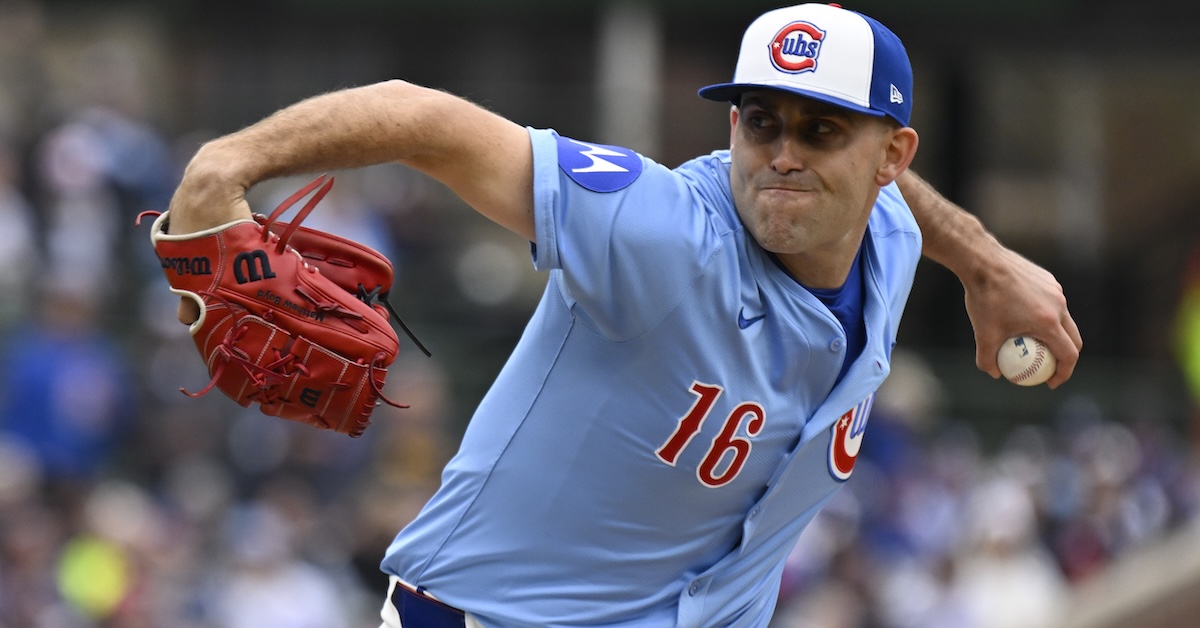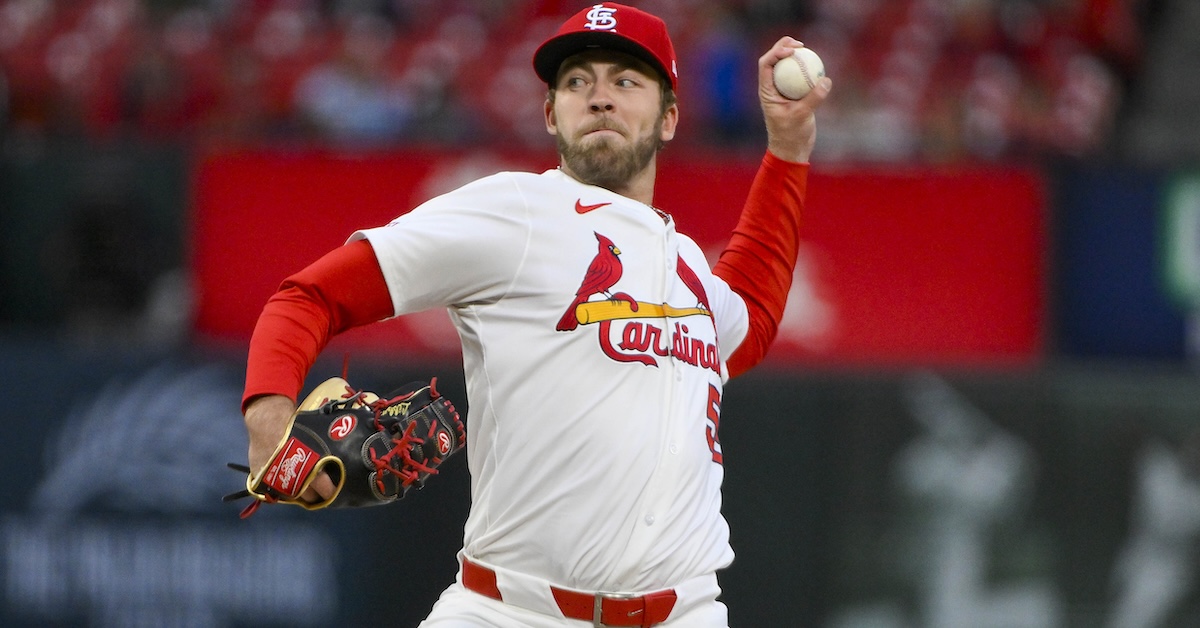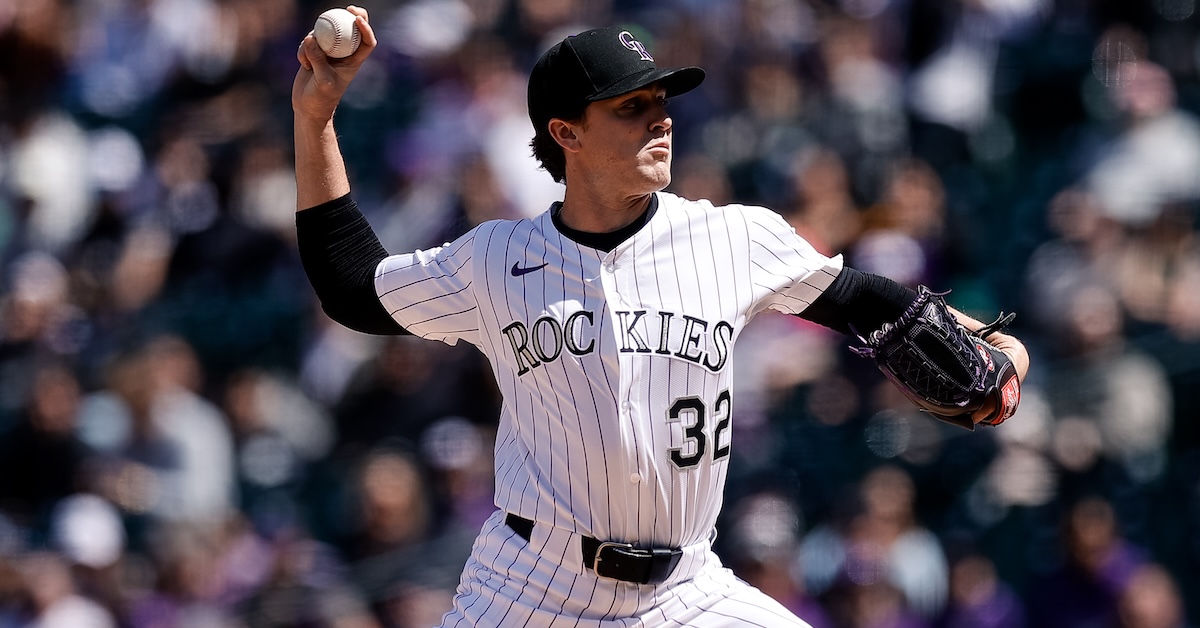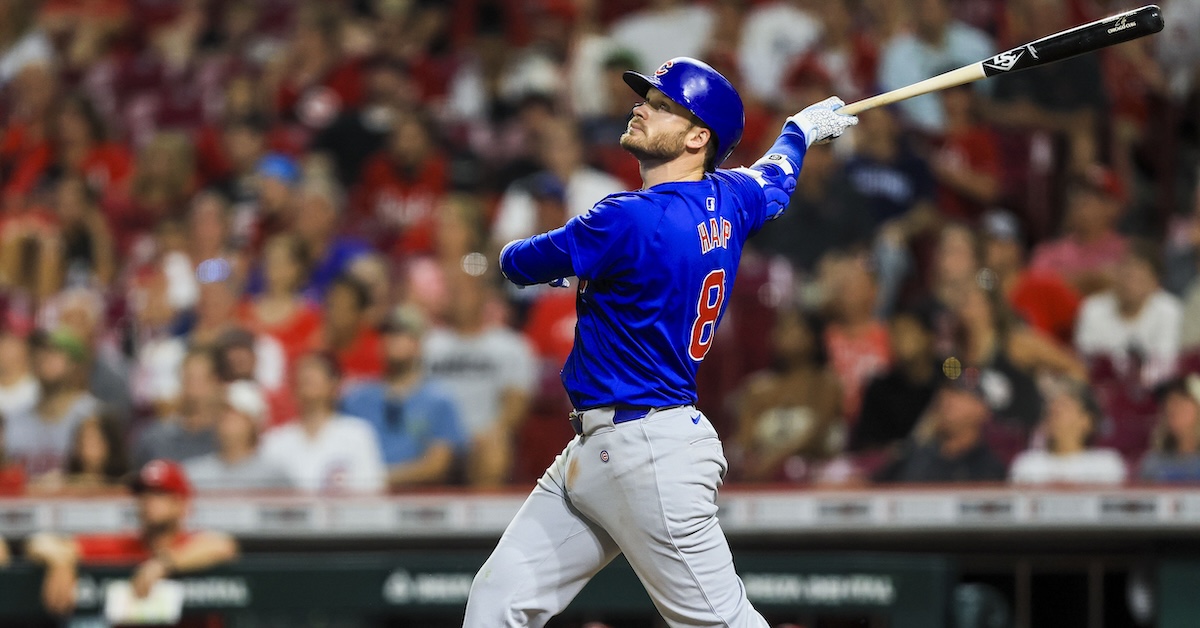Erick Fedde Addresses His 2017 FanGraphs Scouting Report
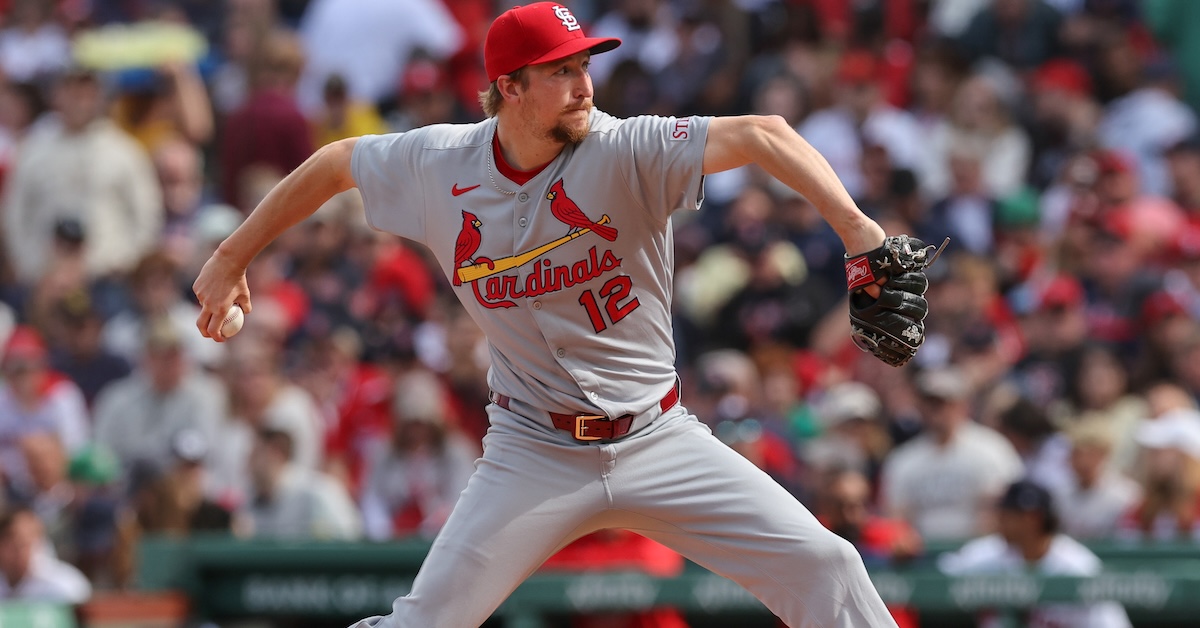
Erick Fedde returned stateside in 2024 and had a career-best major league season. One year after going 20-6 with a 2.00 ERA for the KBO’s NC Dinos, the 32-year-old right-hander logged a 3.30 ERA and a 3.86 FIP over 31 starts between the Chicago White Sox and the St. Louis Cardinals. His previous big league campaigns had been relatively rocky. From 2017-2022, Fedde fashioned a 5.41 ERA and a 5.17 FIP with the Washington Nationals.
Fedde, whom St. Louis acquired at last summer’s trade deadline as part of an eight-player, three-team swap, entered professional baseball with high expectations. He was drafted 18th overall in 2014 despite having undergone Tommy John surgery during his junior season at the University of Nevada Las Vegas. When our 2017 Washington Nationals Top Prospects list was published in March of that year, Fedde was ranked third in the system, behind Victor Robles and Juan Soto.
What did Fedde’s 2017 scouting report look like? Moreover, what does he think of it all these years later? Wanting to find out, I shared some of what our lead prospect analyst Eric Longenhagen wrote, and asked Fedde to respond to it.
———
“As a junior at UNLV, Fedde was a potential top-10 pick until he blew out in May.”
“Pretty accurate,” Fedde said. “Going into my junior year, I was projected to go at the end of the first round, and just kind of kept climbing as the year went. Unfortunately, I was hurt just before the draft. I think I had TJ two days prior. But it all worked out. I was still able to go in the first round, which was really cool.
“Jeff Hoffman, who was drafted [ninth overall] by the Blue Jays, was kind of the big right-hander ahead of me. He blew out earlier in the year. I think he was kind of up there with me and Aaron Nola at one point. We were looking at possibly top 10, although I don’t know if there was a specific team.”
“Fedde’s fastball mostly sits 90-94 and will touch 96 with a bit of sink and run.”
“I’d say that’s pretty spot on,” Fedde replied. “I didn’t really start throwing hard until that sophomore-to-junior summer; that’s when I started getting up there. I was a consistent 92-93, but the big thing I remember was that I would hold velocity, if not gain it, as the game went on. That’s something I think scouts enjoyed.”
“Fedde’s out pitch is a slider, mostly 81-84 mph, that flashes plus but can get slurvy and lose bite when he doesn’t get on top of it.”
“Yeah, 100%,” he acknowledged. “I think I was throwing a sweeper before I knew what a sweeper was. A couple of years ago that became the total rave — it became the belle of the ball in the sense of pitching — and it’s kind of what I threw. At that time we would call it slurvy, but in today’s world it’s a sweeper.”
“His arm slot can get slingy and low, making it hard for him to drive the ball down.”
“I mean, at that point my life all I did was throw the ball down in the zone,” Fedde countered. “At least mentally, that’s what I was trying to do.”
“Not all scouts are enamored of Fedde’s delivery. His lower half is frail, often unbalanced, and at times plays no role in his delivery at all.”
“I was a thin guy,” recalled Fedde, who now stands 6-foot-4 and weighs 205 pounds. “I think I left for the draft at like 175 pounds. So, I guess I probably relied on whip and quickness instead of strength. I don’t know. Maybe that came into the idea of my having a lack of leg use.”
“If Fedde can improve his currently fringy, mid-80s changeup, he’ll have a viable three-pitch mix and above-average command of it.”
“Yeah, I feel like I’ve always been pretty good with command,” he said. “It’s something that I’ve leaned on throughout my career. The changeup really stunk all the way up until a couple of years ago. So that’s very true. I finally feel like I have a decent changeup. And then, as I got into pro baseball, I learned a cutter to add to my mix. Now it’s a four-pitch mix.”
“He projects as a sinker/slider mid-rotation arm.”
“I think it’s been kind of east-to-west that way,” Fedde said. “I’ve been in the middle of rotations. I definitely would never say that I’ve been a number one. But yeah, just keep growing and hopefully push to the top end of rotations. Last season was my best so far, for sure. I had a lot of struggles early, a lot of learning. But like [the scouting report] said, if I can get a good changeup… I mean, I think the changeup really changed my career.”
——
Previous “Old Scouting Reports Revisited” interviews can be found through these links: Cody Bellinger, Matthew Boyd, Dylan Cease, Matt Chapman, Ian Happ, Jeff Hoffman, Matthew Liberatore.
